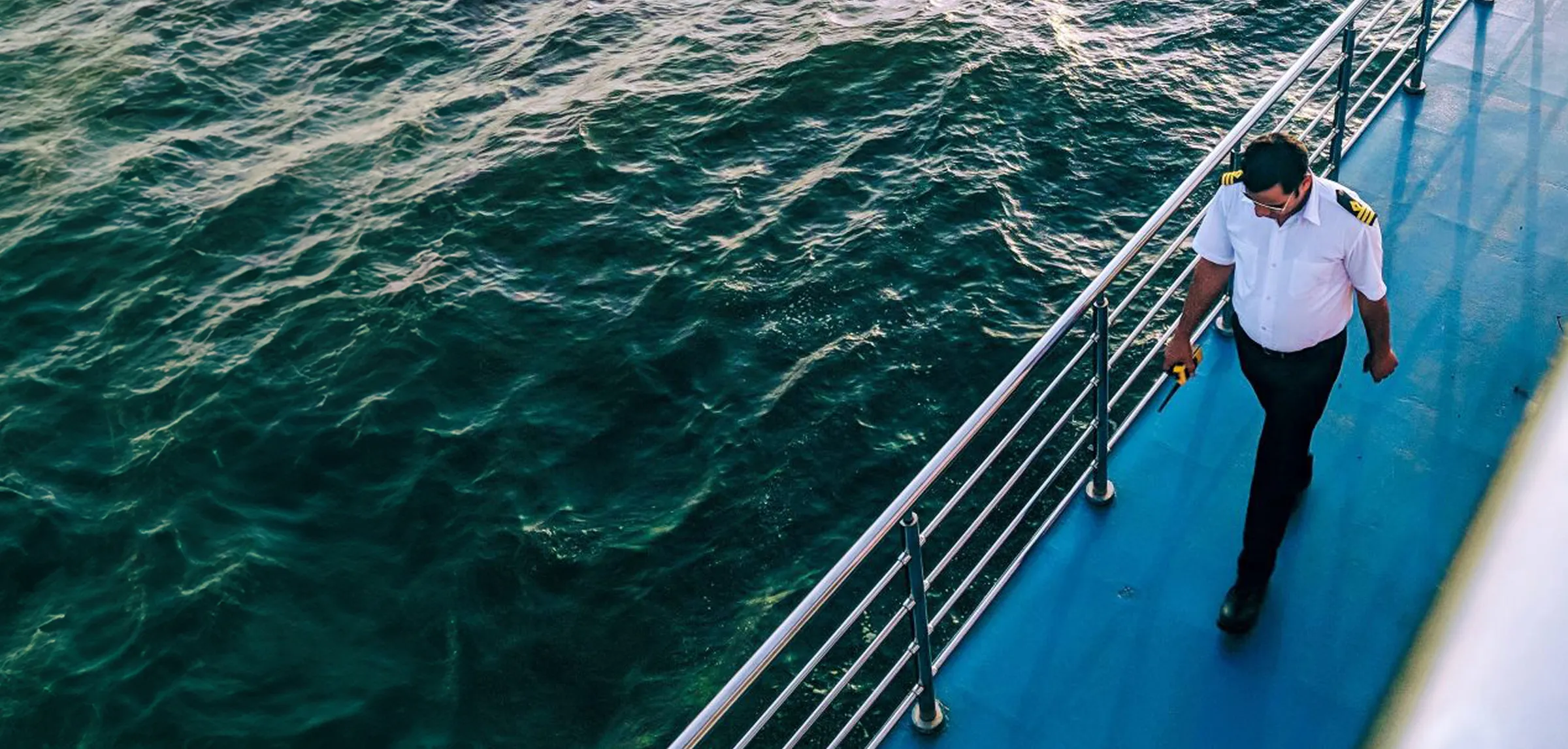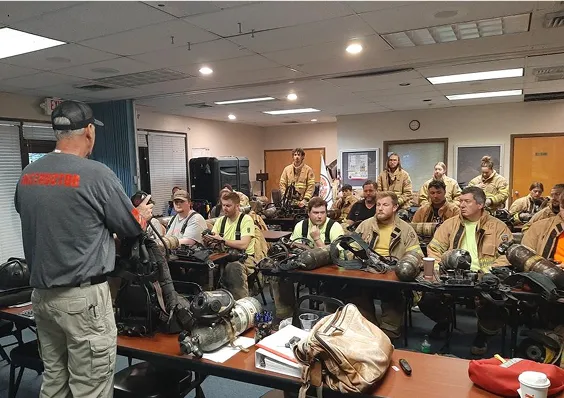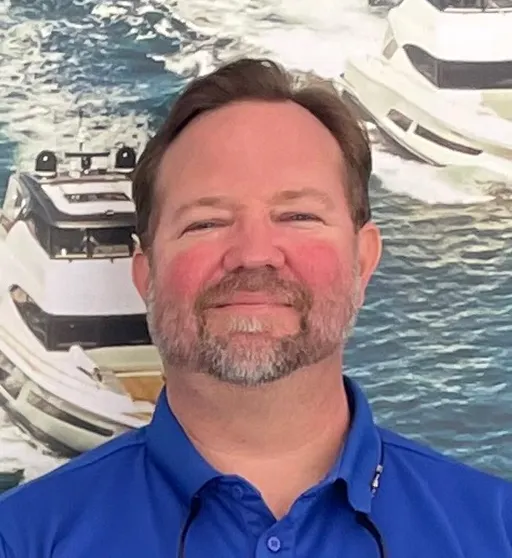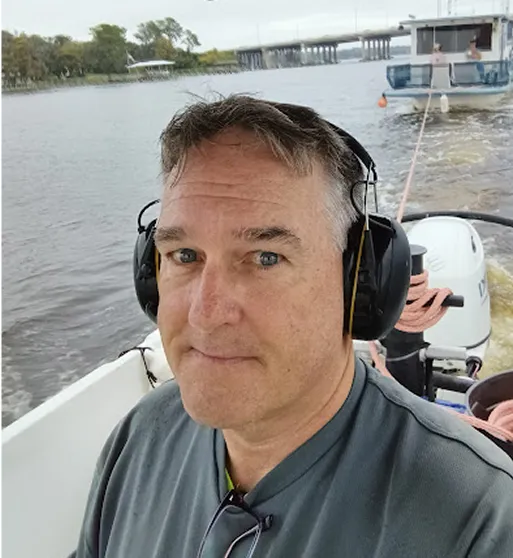USCG Approved Tank Barge-PIC (Person In Charge) Course
Explore Sea Schools Tank Barge-PIC Courses and take the next step toward earning your Tank Barge-PIC endorsement. The course is taught at one of our Brick and Mortar locations and takes four (4) days to complete.
.webp)
Why Thousands of Mariners Choose Sea School?
Each year, over 7,500 students choose Sea School for their maritime training. We offer 30+ USCG-approved courses across in-person, online, and satellite formats, with training available at 6 locations nationwide. Team training is also available on-site or via satellite to meet company needs.

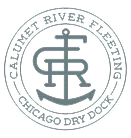
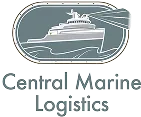


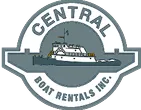

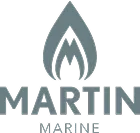








Sea School’s Tank Barge Dangerous Liquids (DL) course is designed to satisfy the training requirements of 46 CFR 13.309 for an endorsement as Tank Barge-PIC
This course provides essential training for mariners with immediate responsibility for:
- Loading, discharging, and carriage of dangerous liquid cargoes in bulk
- Cargo handling procedures
- Pollution prevention and spill response
- Oil tanker safety and fire safety measures
- Legal obligations and environmental regulations
This course also satisfies the training requirements of 46 CFR 10.227(d)(8) for renewing a Merchant Mariner Credential (MMC) endorsed as Tankerman PIC (Barge) Dangerous Liquids

Tank Barge - PIC Course Completion and Certification Requirements
The course requirements of 46 CFR 13.301(c)(4) for original issuance OR 13.120(c)(2) for renewal of Tankerman-PIC (Barge) (DL); AND
The cargo course requirements of 46 CFR 13.401(e)(1) for original issuance OR 13.120(b)(2) for renewal of Tankerman-Assistant (DL); AND
Meets the standards of competence, required by 46 CFR 13.609(a)(2), of Section A-V/1, Table A-V/1-1-1 of the STCW Code for Basic Oil AND Chemical Tanker Cargo Operations; AND
Provided the applicant also supplies a statement signed by the Master, or Chief Mate of an Oil AND/OR Chemical Tanker, appropriate to the endorsement sought, that the mariner has demonstrated to the satisfaction of the signer that he or she is fully capable of supervising the transfer and operations of dangerous liquid cargo in accordance with the guidance found in Navigation Vessel Inspection Circular 22-14 (Encl 1, paragraphs 4 or 5):
- Meets the Standards of competence, required by 46 CFR 13.603(b)(2) OR 13.605(b)(2), of Section A-V/1, table A-V/1-1-2 OR A-V/1-2-3 of the STCW Code for Advanced Oil AND/OR Chemical Tanker Cargo Operations limited to non-self-propelled vessels.
Why Thousands of Mariners Choose Sea School?
Each year, over 7,500 students choose Sea School for their maritime training. We offer 30+ USCG-approved courses across in-person, online, and satellite formats, with training available at 6 locations nationwide. Team training is also available on-site or via satellite to meet company needs.
















Tank Barge-PIC Requirements: Everything You Need to Get Certified
Education & Testing Requirements
Course Completion Certificate:
- Completion of Sea School’s USCG-approved course and exam
- Alternatively, students may take the exam at a USCG Regional Exam Center (REC) (note: not all RECs provide testing; scheduling is required)
- Prep courses are strongly recommended
Cargo Course:
- Must be completed within the previous 5 years, specific to DL (dangerous liquids) or LG (liquefied gas)
Basic Firefighting Course:
Must be dated within 5 years
Eligibility Requirements
Minimum Age
- Must be 18 years old
- 17-year-olds may take the course if their 18th birthday falls within one year of course completion
Security Clearance
TWIC Card
- Required for U.S. government security clearance
Real-World Expertise
Excellence starts with a strong foundation. We believe in mastering fundamental skills, building confidence, and ensuring every mariner has the knowledge and expertise needed to succeed in their career.
Flexible Learning Options
True leadership is demonstrated through action. We foster a hands-on approach, where mariners learn by doing and gain real-world experience that prepares them for the challenges of the industry.
Career Advancement
In the maritime world, challenges are inevitable - but so are solutions. We encourage proactive thinking, problem-solving, and the courage to take initiative.
Industry-Recognized Certifications
We never settle for mediocrity. Whether in training, leadership, or problem-solving, we strive for the highest standards in everything we do.
A Strong Community & Industry Network
Success in the maritime industry requires a strong work ethic. We embrace a roll-up-your-sleeves mentality, knowing that real growth comes from effort and persistence.
Confidence & Leadership Development
Ttrue professionals must be ready to adapt. We believe in staying agile, embracing change, and continuously expanding our skills to meet new challenges.
We’ve developed comprehensive, engaging, and practical curriculum to set you up for success on the water
While the curriculum represented on the Sea School website is a general layout of course information, it is not the exact order in which lessons are taught.
- Introduction
- Bulk Liquids Defined as Dangerous Liquids
- Introduction
- Bulk Liquids Defined as Dangerous Liquids
- Principles of Containment Systems
- General Arrangement of Cargo Tanks
- Venting & Vapor-Control Systems
- Principles of Containment Systems
- General Arrangement of Cargo Tanks
- Venting & Vapor-Control Systems
- Piping Systems, Valves, Pumps & Expansion
- Operating Characteristics
- Piping Systems, Valves, Pumps & Expansion
- Operating Characteristics
- Cargo-Level Indicators
- Cargo-Level Indicators
- Ventilation, Inerting
- Valves
- Ventilation, Inerting
- Valves
- Testing & Inspection Requirements
- Pre-Transfer Procedures
- Connecting Sequence
- Start-Up Sequence
- Normal Operations
- Testing & Inspection Requirements
- Pre-Transfer Procedures
- Connecting Sequence
- Start-Up Sequence
- Normal Operations
- Inerting of Cargo Tanks and Void Spaces
- Gas Freeing
- Testing of Cargo Tank Atmospheres for Oxygen & Cargo Vapor
- Inerting of Cargo Tanks and Void Spaces
- Gas Freeing
- Testing of Cargo Tank Atmospheres for Oxygen & Cargo Vapor
- Procedures to Prevent Air & Water Pollution
- Measures to Take in Event Spillage
- Danger from Drift of Vapor Cloud
- Procedures to Prevent Air & Water Pollution
- Measures to Take in Event Spillage
- Danger from Drift of Vapor Cloud
- Purpose
- Principles
- Coast Guard Regulations
- Hazards
- Active System Components
- Passive System Components
- Purpose
- Principles
- Coast Guard Regulations
- Hazards
- Active System Components
- Passive System Components
- Lining Up the Cargo & Vapor-Control Systems
- Pre-Transfer Inspections & Completion of Declaration of Inspection
- Hooking Up of Cargo Hose, Loading Arms & Grounding Strap
- Starting of Liquid Flo0w
- Discussion of Loading
- Ballasting and Deballasting
- Topping Off of the Cargo Tanks
- Discussion of Discharging
- Stripping of the Cargo Tanks
- Monitoring of Transfers
- Gauging of Cargo Tanks
- Disconnecting of Cargo Hoses or Loading Arms
- Cargo Tank Cleaning Procedures & Precautions
- Lining Up the Cargo & Vapor-Control Systems
- Pre-Transfer Inspections & Completion of Declaration of Inspection
- Hooking Up of Cargo Hose, Loading Arms & Grounding Strap
- Starting of Liquid Flo0w
- Discussion of Loading
- Ballasting and Deballasting
- Topping Off of the Cargo Tanks
- Discussion of Discharging
- Stripping of the Cargo Tanks
- Monitoring of Transfers
- Gauging of Cargo Tanks
- Disconnecting of Cargo Hoses or Loading Arms
- Cargo Tank Cleaning Procedures & Precautions
- Fire
- Collision
- Grounding
- Equipment Failure
- Leaks & Spills
- Structural Failure
- Emergency Discharge of Cargo
- Entering Cargo Tanks
- Emergency Shutdown of Cargo Handling
- Emergency Systems for Closing Tanks
- Fire
- Collision
- Grounding
- Equipment Failure
- Leaks & Spills
- Structural Failure
- Emergency Discharge of Cargo
- Entering Cargo Tanks
- Emergency Shutdown of Cargo Handling
- Emergency Systems for Closing Tanks
- Testing Test Atmospheres for Oxygen & Hydrocarbon Vapors
- Definition & Hazards of Confined Spaces
- Cargo Tanks & Pumprooms
- Evaluation & Assessment of Risks & Hazards
- Safety Precautions & Procedures
- Personal Protective Equipment (PPE) & Clothing
- Maintenance of PPE
- Dangers of Skin Contact
- Inhalation of Vapors
- Electricity & Static Electricity - Hazards & Precautions
- Emergency Procedures
- Federal Regulations, National Standards & Industry Guidelines
- Inspections by Marine Chemists & Competent Persons, Including Hot-Work Permits & Procedures
- Testing Test Atmospheres for Oxygen & Hydrocarbon Vapors
- Definition & Hazards of Confined Spaces
- Cargo Tanks & Pumprooms
- Evaluation & Assessment of Risks & Hazards
- Safety Precautions & Procedures
- Personal Protective Equipment (PPE) & Clothing
- Maintenance of PPE
- Dangers of Skin Contact
- Inhalation of Vapors
- Electricity & Static Electricity - Hazards & Precautions
- Emergency Procedures
- Federal Regulations, National Standards & Industry Guidelines
- Inspections by Marine Chemists & Competent Persons, Including Hot-Work Permits & Procedures
- Purpose, Content & Location of Information
- Procedures for Notice and Mitigation of Spills
- Geographic Specific Appendices
- Vessel-Specific Appendices
- Emergency Action Checklist
- Purpose, Content & Location of Information
- Procedures for Notice and Mitigation of Spills
- Geographic Specific Appendices
- Vessel-Specific Appendices
- Emergency Action Checklist
A Simple 3-Step Process to Get Certified and Start Your Maritime Career
Choose Your Course
Pick the course that fits your experience level and sea time and select the available format that works for you (in-person, Zoom, or online).
Enroll & Prepare
Register online or at a Sea School location. Ensure you meet eligibility requirements and start reviewing the provided study materials.
Get Certified
After finishing the course, you will need to submit your application to the Coast Guard to receive your Merchant Mariner Credential (MMC).

What Our Clients Say
What We Provide:
What Students Need to Bring:
- Students are asked to bring a pencil, highlighter, and notebook/pad for note taking
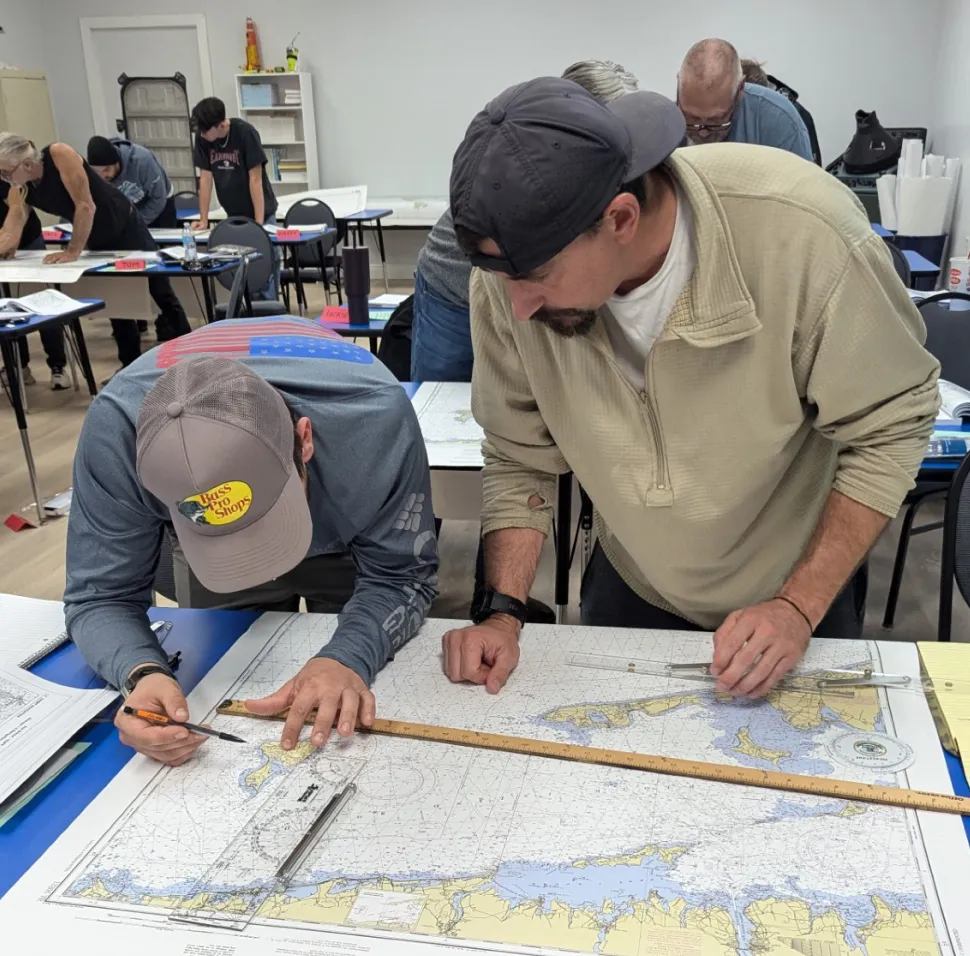
Advance your Maritime Career
All the answers you’ll need before enrolling in the Tank Barge - PIC course
The Tank Barge Person In Charge (PIC) is responsible for the safe and compliant transfer of liquid cargo. Their duties include pre-transfer planning, overseeing cargo transfer operations, emergency response, and regulatory compliance.
Yes. You must hold a valid medical certificate issued by the USCG.
[1] A certificate of completion of Sea School’s approved course and exam.
- Alternatively, a student could take the exam at a USCG Regional Exam Center (REC). Not all USCG locations provide testing, so students must schedule at an REC. Prep courses like ours are strongly recommended.
[2] 18 years of age
- Students who are 17 years old may take the class, provided that their 18th birthday falls within one year of completing the course. This is a common question from parents who want to take the class with their children.
[3] Physical that satisfies the Form CG-719K
- We offer physicals at most of our brick and mortar locations
[4] Consortium membership / drug test compliance
- Sea School has its own USCG drug consortium, APCA. Interested students can sign up for a drug test/consortium membership at apcadrugtesting.com or by calling (727) 522-2727
[5] TWIC card (U.S. government security clearance)
[6] Basic Firefighting Course dated within 5 years
[7] Recency: 25% of qualifying service within 5 years of application, including 2 transfers where applicable
[8] Sea Service:
- 60 days service (shore or vessel based) on tank vessels certified to carry DL or LG as appropriate; OR
- 180 days closely related service directly involved with tank barges: OR
- 60 days service only on OSC’s in which the COI requires a Tank Vessel PIC or a licensed officer authorized to conduct or supervise transfers, AND
- Cargo Course completed within the previous 5 years, DL or LG as appropriate
- Cargo Transfers Required:
- 10 transfers of cargo (2 within five years of application), under supervision of a Tank Vessel PIC or Tank Barge PIC, INCLUDING
- 5 loadings and 5 discharges, WITH
- 2 commencements and 2 completions of loadings, AND
2 commencements and 2 completions of discharge
- 2 commencements and 2 completions of loadings, AND
- 5 loadings and 5 discharges, WITH
- A service letter signed by the owner, operator, master, or chief engineer of the vessel. The service letter must include:
- Name and official number of the vessel(s), dates of service for each vessel,
- Type of cargo, DL or LG except for Tank Vessel Engineer, and
- When transfers are required, the dates, number and kinds of transfers (loading or discharge), the ports or terminals, if applicable whether a commencement of or completion of transfer.
Training will typically cover the following topics:
- Liquid cargo handling
- Safety procedures
- Regulatory compliance (46 CFR)
- Emergency response
Additional training specific to the type of cargo being handled (e.g., oil, chemicals) may also be required.
No. Only the USCG can issue official documentation and certifications. To obtain official certifications, mariners must:
- Complete the necessary USCG application form.
- Submit both the Sea School Course Completion Certificate and USCG application form to the USCG.
The USCG then processes the application and issues the official certification.
Your Journey Begins Here – Get Certified & Get on the Water!
Helping thousands of mariners every year, Sea School is a leader in the maritime education space. Whether you are new to the industry or looking to add onto your Merchant Mariner Credential, find the courses right for you at Sea School.
